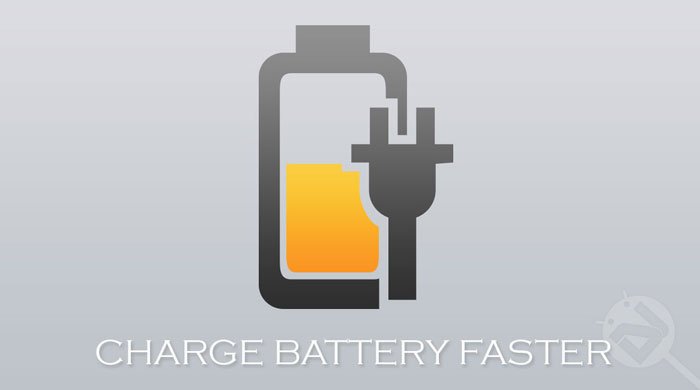
Battery performance is definitely the most bothered about thing for most smartphone, tablet and any other portable gadget users The technology used in portable digital devices has been growing at a rapid pace but if there is one thing where the advancement seems to have become almost static is the battery used in such devices.
Newer smartphones come with bigger and brighter screens, more and more powerful CPUs and amazing features but when it comes to lasting battery performance, they all disappoint us. Having spent a whole lot of money on a phone or tablet, don’t we have the right to expect at least continuous web browsing, gaming or playing multimedia? For now, all available methods to extend the battery life on a phone involve disabling certain vital features temporarily or for a prolonged period of time. Thus, you must compromise with the very things a smartphone is made for. Lack of decent battery performance hampers all good things a smartphone comes stuffed with!
First, we have to plug our devices for charging which generally takes 2-3.5 hours and then it takes about 6-7 hours of constant use to drain all the juice. To enjoy longer battery, we are forced to practice rituals like turning off cell network, mobile data and WiFi, disabling GPS, decreasing screen brightness to the minimum, hibernate apps and so on. Many people purchase an extra battery or a portable power bank to enjoy some extra hours of phone use.
For the past few years, the sole focus of smartphone OEMs has been confined to make thinner, lighter, slimmer, bigger devices. To achieve this goal, they sadly tend to shrink the batteries used their devices. I really won’t mind going for a phone that gives me some extra hours on battery at the cost of some extra grams,no matter even if it makes my phone a little thicker and heavier! Would you mind the same? I guess you won’t.
Of course, we come to know of some developments around faster battery charging and some new types of batteries that might replace the currently used Lithium-ion batteries which are reaching their cells limit.
Once such probable type of battery that might take over the Li-ion batteries in near future is Leyden Energy’s Li-imide batteries which will not only have more cell capacity to store power but will also charge 75% faster than Li-ion.
Another major development that gained plenty of attention recently was StoreDot’s Ultra-rapid chargers that are claimed to charge a 3300mAh battery in just 30 seconds. Sadly, you will not be able to buy this magical battery charger before the mid of 2016.
Anyway, I think I have deviated a little from my actual topic (sorry for that), so let’s jump directly to the things you should take care of while charging your phone’s battery to get it fully charged faster. The Lithium-ion batteries used in our devices works on ion movement between the positive and negative electrodes. Theoretically, such a mechanism should work forever without making the battery unusable. Sadly, things do not go this way because the performance of Li-ion batteries deteriorate due to charge cycles, elevated temperature and aging. Usually, such batteries last just 300 to 500 charge/discharge cycles.
So, here’re a few tips to charge your Android phone’s battery faster and maintain its health too.
- Always charge your phone’s battery after turning off the device first.
- If you don’t want to keep your phone turned off while charging, at least enable Airplane mode and disable functions like GPS,WiFi and sensor related features.
- Try avoiding using your phone while the charger is plugged in.
- Always use the charger and plug provided by the OEM.
- If you use a car charger, make sure its power output conforms to the input demanded by your phone’s battery. Having tried several car chargers from brands like Capdase and Belkin, I found finally settled for Anker 24W Dual-Port Car Charger that uses PowerIQ technology for rapid charging. You can purchase it for $11.99 from online stores.
- Makes sure the battery does not get overheated while charging. If it does so, unplug the charger for a while and plug it again.
- Remember, Li-ion batteries last longest when operating in mid state-of-charge of 20–80%.
- Since the life of LI-ion batteries depend on full charge and discharge cycles, avoid charging your phone every now and then. Wait till your phone juice level comes down to at least 10% or less. Then turn off the phone and charge it until it’s fully charged.
- Keep the screen brightness between 20-40% level and set the screen timeout to 15 or 30 seconds.
- Go to Settings> Location and set it to Low battery use or Power saving mode.
- Most Android devices have a Power saver mode option. Keep it enabled.
- Disable battery drainer features like WiFi, Bluetooth and data connection when not in use.
- Always keep an eye on things that devour your battery juice most and take appropriate action. You can what things are eating up most of your battery in Settings> Battery.
- If your phone has AMOLED display, using a wallpaper with dark background will help you control battery drain.
- Use a good battery saver app.
Just use the simple tips described above and you would soon feel the difference. If you think I have missed some useful tip, please let us know via comments. Cheers!
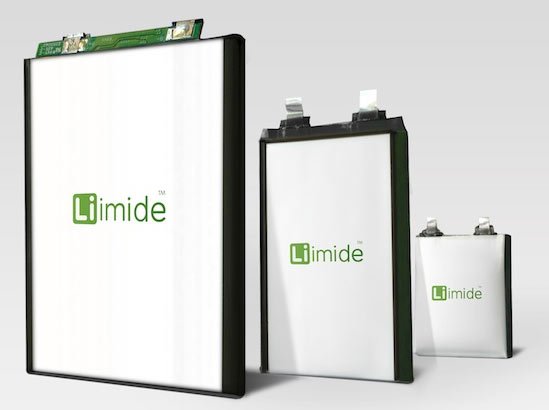
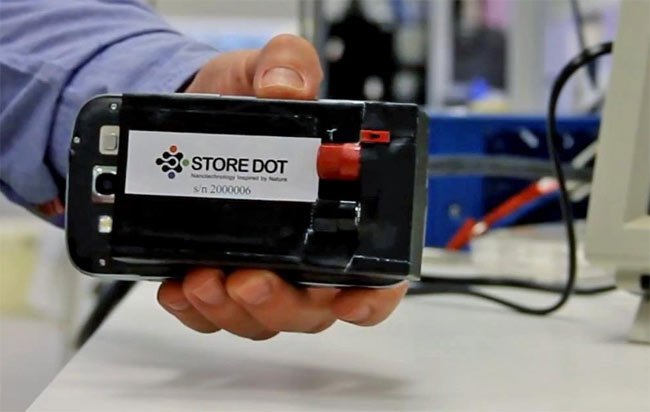

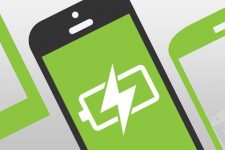
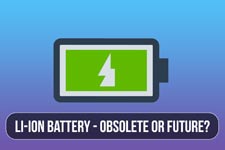
Join The Discussion: